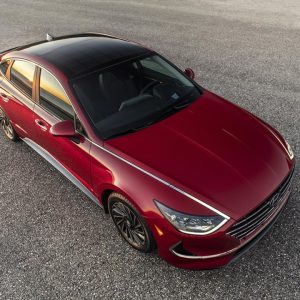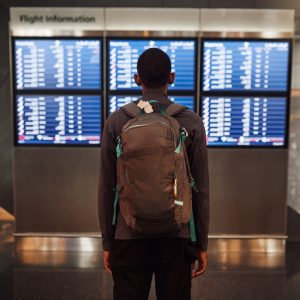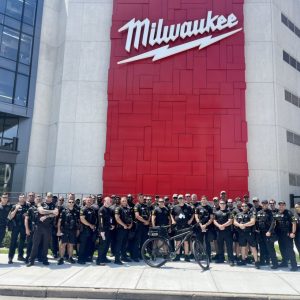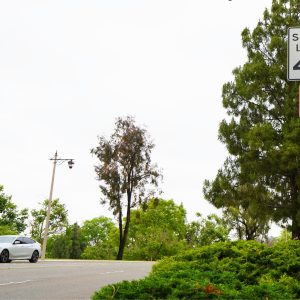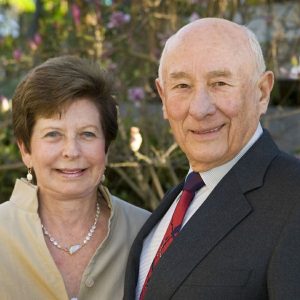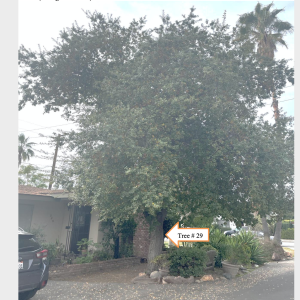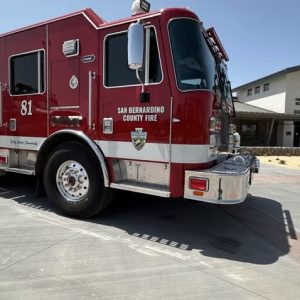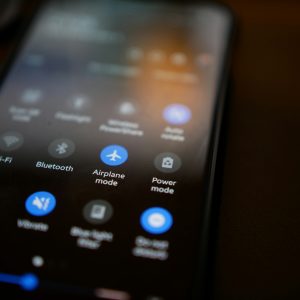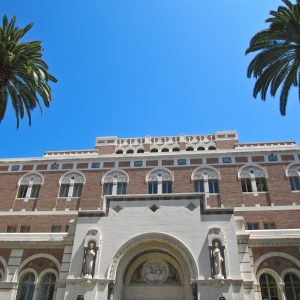 View Winners →
View Winners → Lockheed Martin unveils NASA’s newest supersonic X-plane
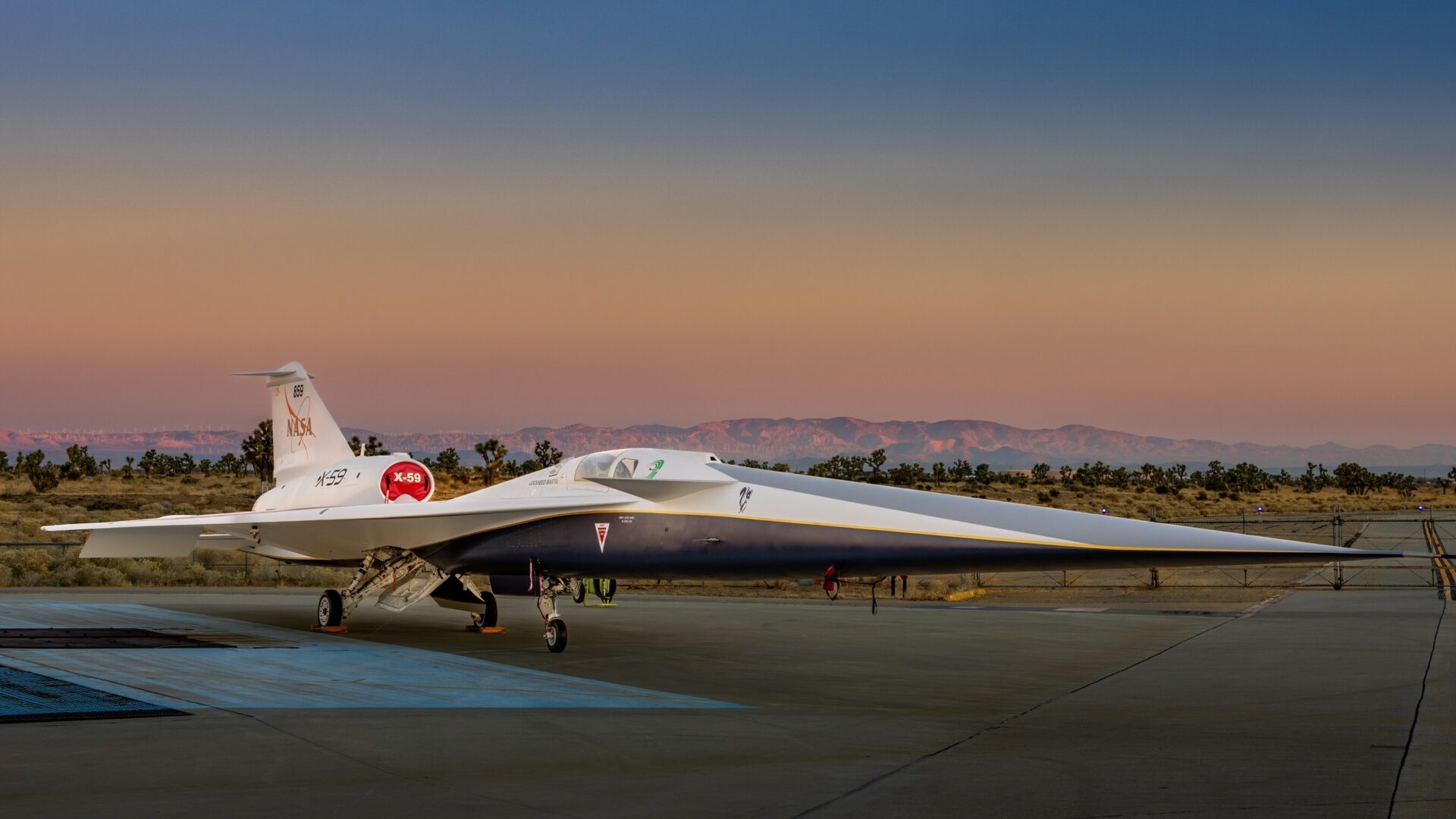
Lockheed Martin Skunk Works rolled out a unique experimental aircraft designed to quiet the sonic boom at a ceremony Friday in Palmdale.
The unveiling of the X-59 plane marked a milestone in Lockheed Martin’s and NASA’s decades-long effort to solve a significant challenge of supersonic flight — the sonic boom.
“We’re thrilled to take on this challenge alongside NASA, whose quiet supersonic technology mission will have lasting, transformational impacts for people around the world,” Skunk Works vice president John Clark said in a statement. “This project is just one example of the broader ingenuity of our industry as we continually strive to push the envelope of what’s possible.”
Skunk Works is an official pseudonym for Lockheed Martin’s Advanced Development Programs, which has a location in Palmdale.
Friday’s rollout ceremony celebrated the technical advancements, collaboration and innovation that stemmed from years of research, development and production. The X-59 will reduce the loudness of sonic booms to a gentle thump, according to Lockheed Martin.
“The entire X-59 team leaned into the expertise of both legendary organizations, NASA and Lockheed Martin, to ensure success for this program,” Lockheed Martin Aeronautics executive vice president Greg Ulmer said. “I am extremely proud of everyone who made this historic moment possible.”
The aircraft will need to complete ground tests, including engine-run and taxi tests, before its first schedule flight later this year.
Once that’s complete, Lockheed Martin said it will move into the acoustic testing phase, which will include flights over populated areas. The test data will be given to U.S. and international regulators to help approve new rules that could allow quiet commercial supersonic flight over land.










